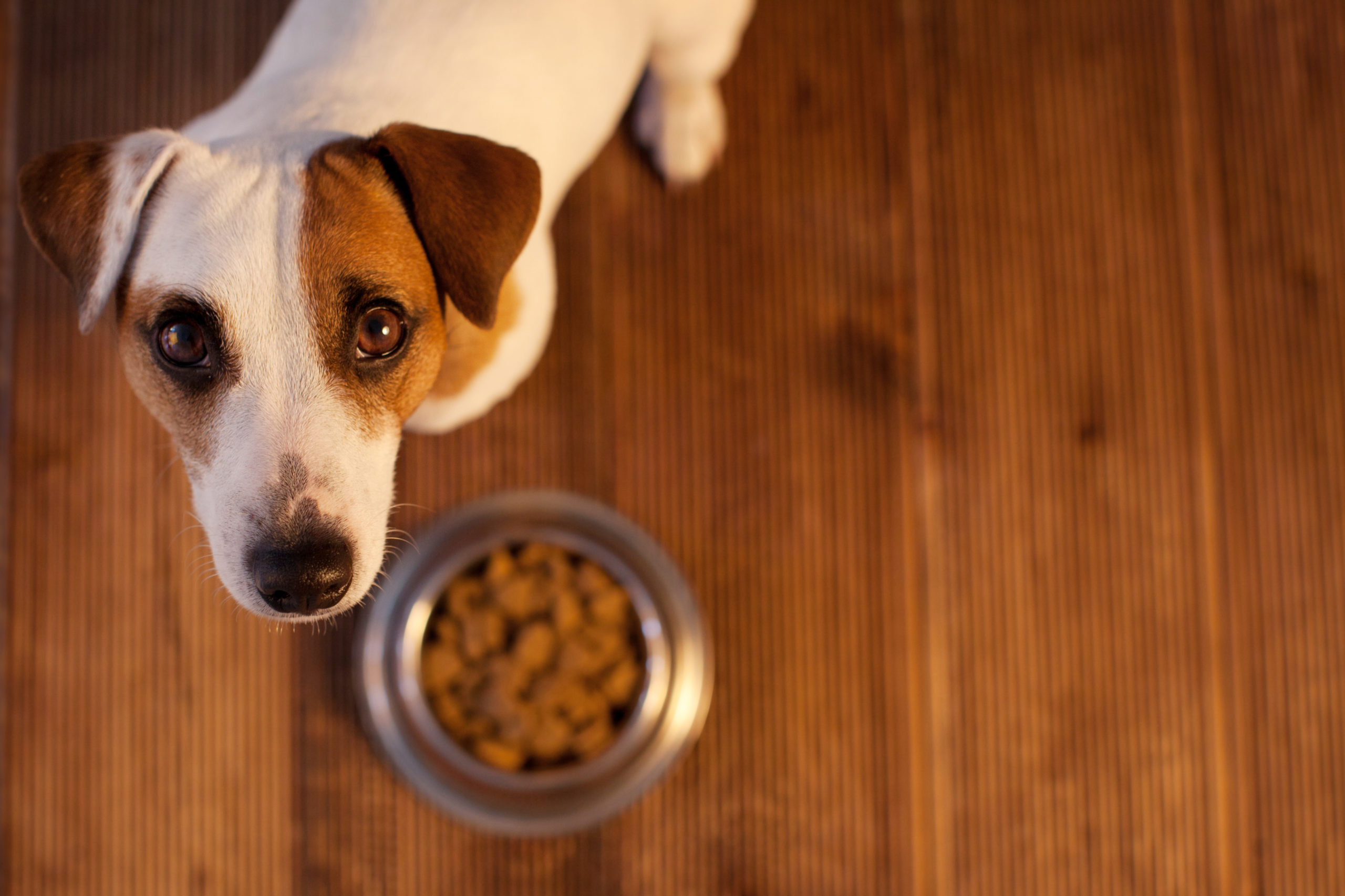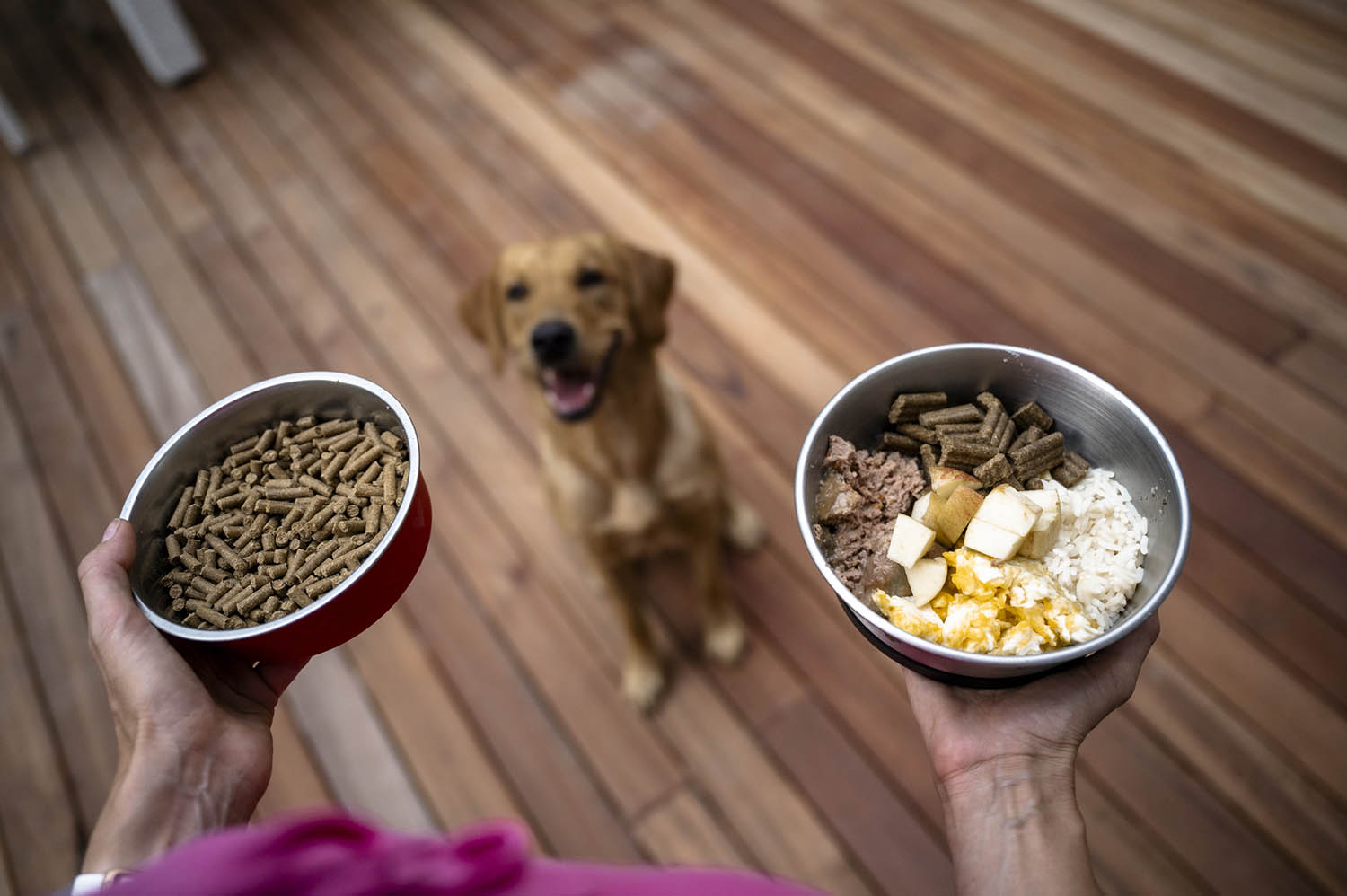How can pet lovers be confident an ingredient used in cat or dog food is safe? Today, the Pet Food Institute (PFI) will focus on ingredient safety as we continue our series about pet food from A to Z. Last time, we walked through how to read a pet food label.
How Ingredients are Approved for Use in Pet Food
When developing a dog or cat food recipe, pet food makers choose from a range of ingredients based on factors such as nutrient content, tastiness, how the ingredient holds its shape during cooking, and cost. This variety of options ensures that shoppers have many choices available to them when selecting food for their pet.
Some common myths are that pet food ingredients are unregulated or that pet food makers can use “mystery ingredients” in pet food. This is far from true! In fact, pet food ingredients are regulated at both the federal and state level, with systems and processes in place to make sure that both the ingredients pet food makers use and the finished product are safe.
Let’s take a look at the ways an ingredient can be approved for use in a pet food recipe:
Federal Regulation
The U.S. Food & Drug Administration (FDA) has the primary responsibility for ensuring the safety of all foods offered for sale in the United States, including pet food and pet food ingredients. One way FDA ensures the safety of pet food ingredients is through the Food Additive Petition process, in which a “food additive” is evaluated and may be approved for specific use by the FDA. These ingredients may serve functions, such as supply nutrients, add flavor or aroma that your pet will enjoy, or help the food maintain its form while being cooked. Food Additive Petitions submitted to FDA must include information to establish that the ingredient is safe for its intended purpose. One example is gamma-linolenic acid Safflower Oil, which is a source of omega-6 fatty acids for adult dogs.
FDA also approves ingredients via the Generally Recognized as Safe (GRAS) process. Applicants seeking GRAS approval from FDA for an ingredient must provide robust scientific data to demonstrate that the product is safe. The ingredient can also be used in a pet food recipe if its safe use in pet food since 1958 or earlier can be demonstrated. They can also participate in a “self-concluded” GRAS, in which FDA does not review the data, but the participant must use publicly available information to assess and determine product safety. Both federal and state regulators can ask the self-concluded GRAS participant to convey the information that led to a safety determination.
State-Level Regulation
The Association of American Feed Control Officials (AAFCO) approves strict ingredient definitions, which are then published in the AAFCO Official Publication (OP). These definitions can be highly specific! For example, the definition for Pea Protein notes that it must come from a dehulled peas and must not contain less than 53% crude protein.
States may then adopt parts or all of the AAFCO’s OP, including these ingredient terms and definitions. When a state regulator reviews pet food labels as part of their product registration or renewal process, he or she reviews ingredients and label claims to ensure safety and accuracy.
What are those Chemical-Sounding Names?
Shoppers may see some chemical-sounding names on their pet food labels, such as Pantothenic Acid, which is actually a B Vitamin. This is among the many important vitamins and minerals required to support your pet’s health that must be listed on the package using its technical name. FDA currently requires these chemical-sounding names – as opposed to their more common vitamin or mineral names – on pet food labels. PFI is working with FDA and AAFCO to ensure the pet food labels are clear and easy to understand.
Reading a Pet Food Label
Every ingredient used in a pet food recipe must be included on the label. Ingredients on a pet food label must be listed in descending order based on weight and using the approved definition or feed term. Learn more on how to read a pet food label here.



